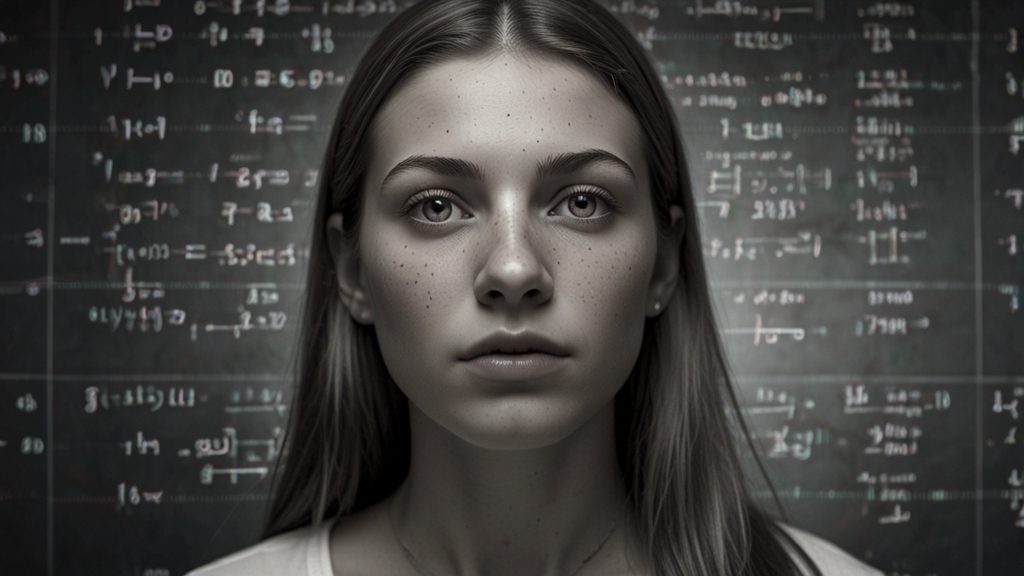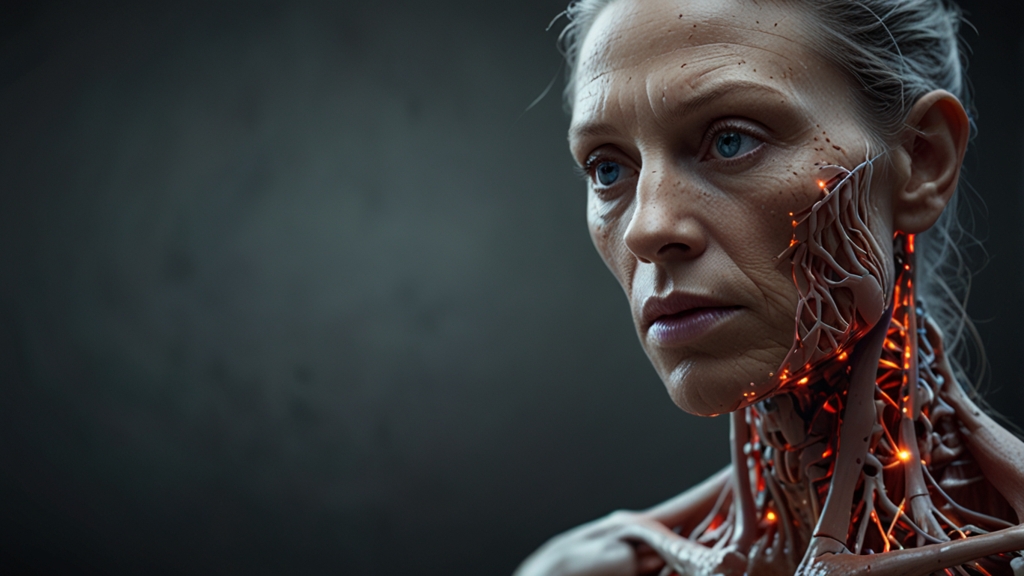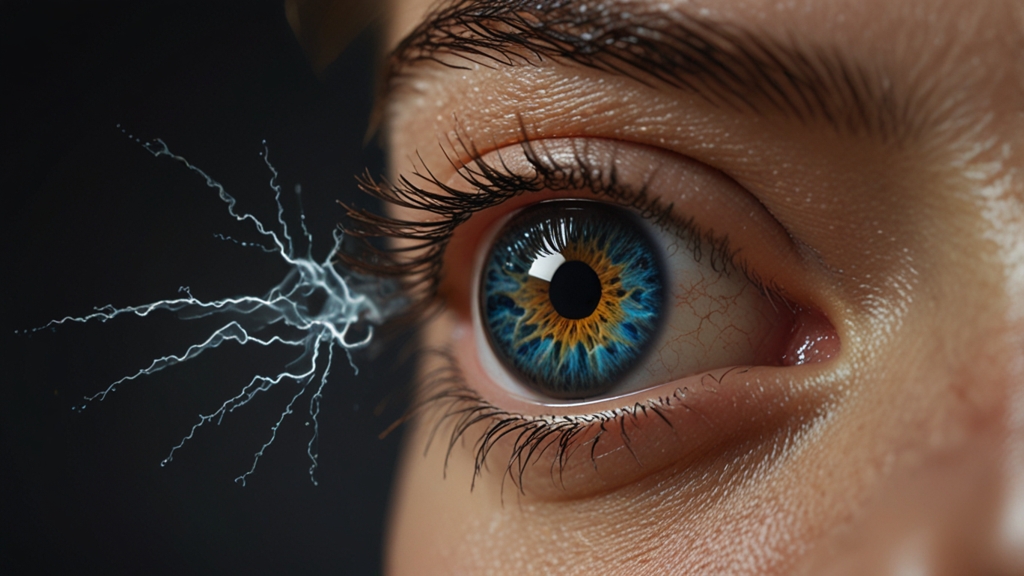Genesis and the Female Archetype: Insights and Implications
The Book of Genesis, the first book of the Hebrew Bible and the Old Testament, is a significant text steeped in religious, historical, and cultural importance. Within its narratives lie profound depictions that have shaped the understanding of the female archetype across centuries. The portrayal of women in Genesis provides unique insights and has far-reaching implications for theology, gender roles, and societal norms.
Creation and the Role of Women
The story of creation in Genesis introduces the first female figure, Eve. According to Genesis 2:18-24, Eve was created from Adam's rib to be his companion, marking the inception of the archetypal female. This narrative emphasizes the idea of companionship and complementarity, suggesting an intrinsic connection between men and women. However, this creation account also has implications on how women are perceived in terms of dependence, subservience, and purpose.
“Then the Lord God said, ‘It is not good that the man should be alone; I will make him a helper fit for him.’” - Genesis 2:18
This passage has often been interpreted to underscore women's auxiliary role, fomenting debates and discussions on gender hierarchies since antiquity. While some argue that this depicts a patriarchal view, others see it as a reflection of an idealized partnership.
The Fall and Female Guilt
Genesis 3 narrates the Fall of Man, where Eve's encounter with the serpent leads to the consumption of the forbidden fruit. This act of disobedience results in severe consequences for humanity, including the introduction of sin and mortality. Eve's role in the Fall has been a focal point in shaping attitudes toward women, often attributing them with susceptibility to temptation and moral fallibility.
“To the woman he said, 'I will surely multiply your pain in childbearing; in pain you shall bring forth children. Your desire shall be contrary to your husband, but he shall rule over you.'” - Genesis 3:16
The condemnation that follows implicates not just Eve but also the entire female lineage. This has reinforced stereotypes about women’s frailty and their primary identification with the roles of wife and mother. Such portrayals have significant implications in religious and socio-cultural contexts, often justifying patriarchal structures and the subjugation of women.
The Archetype and Its Transformations
Despite these traditionally negative connotations, re-examinations of the Genesis narrative provide alternative interpretations of the female archetype. Feminist theologians and scholars have sought to reclaim and recontextualize Eve’s story. They argue that her actions represent autonomy, curiosity, and the human quest for knowledge. Rather than seeing the Fall as a mere act of disobedience, it is viewed as a critical moment of human agency and growth.
Furthermore, the narrative of women in Genesis extends beyond Eve. Figures like Sarah, Hagar, Rebecca, Leah, and Rachel exemplify varied dimensions of womanhood, including strength, resourcefulness, and resilience. These stories collectively offer a more nuanced understanding of the female archetype, encompassing a broad spectrum of experiences and attributes.
Implications for Contemporary Gender Roles
The archetypes and narratives from Genesis continue to influence contemporary gender roles and expectations. The text has been used historically to both suppress and empower women. Recognizing the complexity of these stories enables a more balanced and equitable perspective on gender dynamics.
In modern theology, the insights drawn from Genesis are pivotal in advocating for gender equality and reformation within religious practices. It encourages a re-evaluation of traditional interpretations and promotes a dialogue that acknowledges the equal and indispensable contributions of women in all spheres of life.
Conclusion
The Book of Genesis, with its intricate portrayal of the female archetype, offers a rich tapestry of insights and implications. While traditional readings have often cemented patriarchal views, contemporary interpretations endeavor to unearth deeper, more empowering meanings. By embracing a more holistic understanding of these archetypes, society can foster greater gender equality and appreciation for the multifaceted roles of women.







